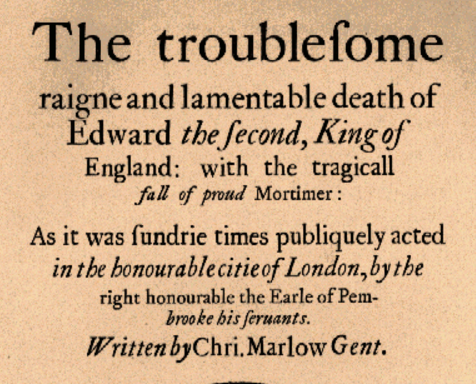
Murder and mystery: uncover the intrigue around Edward II
ASP’s production of Edward II is being directed by David R. Gammons, who shares here some intriguing historical context for his take on the production:
When Christopher Marlowe was brutally stabbed in the eye in a barroom brawl in Deptford, England on May 30, 1593, the world lost one of it greatest dramatists and poets. Marlowe was just 29 years old, and burgeoning into perhaps the greatest literary figure of his age, with diverse and masterful stage works like Doctor Faustus; Dido, Queen of Carthage; Tamburlaine; and Edward II; and poems like Hero and Leander and a translation of Ovid’s Amores. The Elizabethan Age and ensuing generations were instantly and ignominiously robbed of what was certain to be a growing oeuvre of searing tragedies, tortuous histories, and tantalizing love poems.
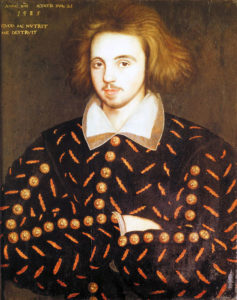 In the years before his untimely (and suspicious) demise, Marlowe was collaborating regularly with another young, ambitious, and wildly talented writer on the London scene: William Shakespeare. Indeed, scholars now increasingly conclude that in the early 1590’s Marlowe and Shakespeare co-wrote an expansive history cycle: Henry VI, Parts 1, 2, and 3: a sprawling, multi-faceted pageant hitherto assigned authoritatively to the Bard. Ultimately, Marlowe’s premature death leaves more mysteries unsolved than resolved. Was he a spy, an atheist, a counterfeiter, and a sodomite? Did he fake his death, disappear, and reinvent himself anew? Were he and Shakespeare making drama in bed together, as well as on stage? We’ll never know.
In the years before his untimely (and suspicious) demise, Marlowe was collaborating regularly with another young, ambitious, and wildly talented writer on the London scene: William Shakespeare. Indeed, scholars now increasingly conclude that in the early 1590’s Marlowe and Shakespeare co-wrote an expansive history cycle: Henry VI, Parts 1, 2, and 3: a sprawling, multi-faceted pageant hitherto assigned authoritatively to the Bard. Ultimately, Marlowe’s premature death leaves more mysteries unsolved than resolved. Was he a spy, an atheist, a counterfeiter, and a sodomite? Did he fake his death, disappear, and reinvent himself anew? Were he and Shakespeare making drama in bed together, as well as on stage? We’ll never know.
In its own day and well into the first half of the seventeenth century, Edward II enjoyed popularity on the stage. But as a publicly-performed and critically-addressed text, it disappears from view for nearly 300 years. One can safely assume that the play’s frank depiction of homosexual love drove the play into hiding, a victim of dramaturgical homophobia. It was not until the mid-twentieth century that Edward II re-emerged as a recognized masterpiece of the Elizabethan canon. From a modern perspective, Marlowe’s tragic history suddenly reveals itself as ripe for stagings that might investigate and celebrate its potential for inciting controversy, suggesting subversion, and confronting political conformity (and brutality) with socio-sexual defiance.
Marlowe’s play and its historical reception level significant questions: does the spectacle of male-male sexuality (both as perceived and as practiced) pose a significant threat to the status quo? In what ways does homosexuality undermine the social order and disrupt structures of power and order? And how are the aesthetics of culture — art, poetry, music, and an embrace of the sensual — at odds with, or even dangerous to, the concept of “rule”?
In reviving this stunning but rarely-seen history play for the twenty-first century, we’ve allowed several moments in history to provide a concentrating lens and conceptual springboard for the imagined “world” of our production. I myself came of age as a gay man in the mid-1980’s, at the precise moment that the horrors of the AIDS crisis sent the forward momentum of the Gay Rights movement into a devastating tailspin. Suddenly, gay sex was not simply immoral, it was actually lethal. The Bathhouses of New York City and San Francisco became subterranean refuges: labyrinths for gay men to meet and cavort, unseen by the public. A “dangerous” and “toxic” sexuality was literally driven underground. The architecture and materials of these unique bathhouse environments fueled our initial design conceptions.
Similarly, ideas about fascism, social control, and the detention and extermination of “deviants” and “undesirables” in Nazi Germany became increasingly relevant to a contemporary reading of the play’s cycles of rule and rebellion. In a strange but correlated parallel, imagery of the tunnels and bunkers beneath London used by Churchill and his cabinet during World War II became a visual and historical trigger. And indeed, traces of the Elizabethan moment that produced the play (and the actual historical facts that inspired it) remained embedded in our thinking.
Edward II was a real king who ruled a real England in the early 1300’s; Edward II is a fantastic fugue on those facts written by a provocative poet in the 1590’s; Edward II is a concrete stage production we experience in the immediacy of the “now,” variously apprehended through our own shifting filters of history and culture. Part harrowing political thriller, part passionate love story, part heartbreaking tragedy of loss and reunion, the world of our Edward II is a mesmerizing kaleidoscope of past and present. We invite you into that world, and encourage you to think, feel, connect, and respond.
– David R. Gammons
Director, Edward II
You May Also Like
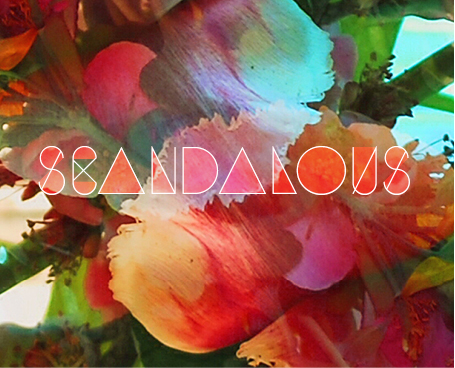
Thank you for supporting our Gala
Oh what a night! See scenes from our Scandalous Gala.
> Learn more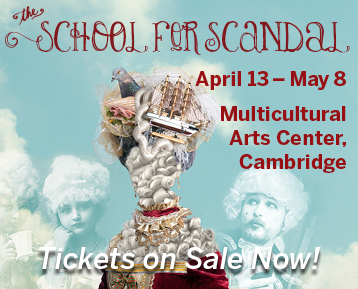
Scandal in Cambridge?
ASP takes over the Multicultural Arts Center for our latest production!
> Learn more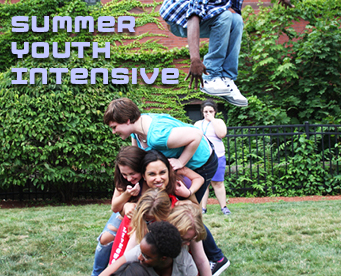
Summer Youth Intensive begins July 5
ASP Youth take to the stage again for an intensive study into A Midsummer Night’s Dream!
> Learn more